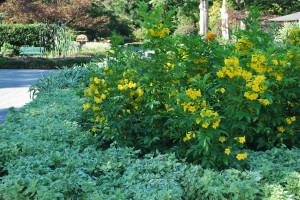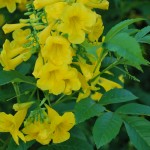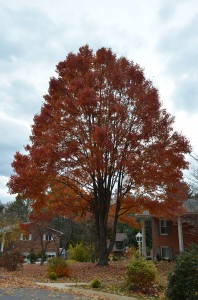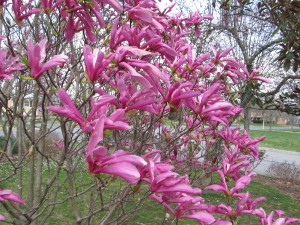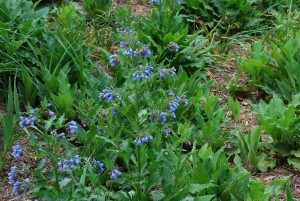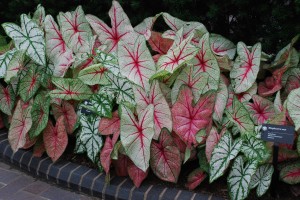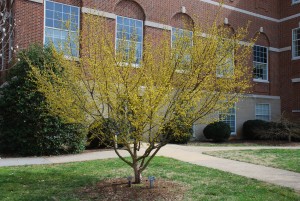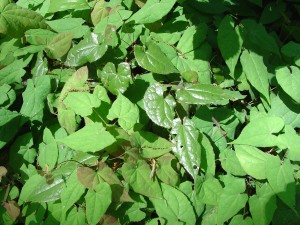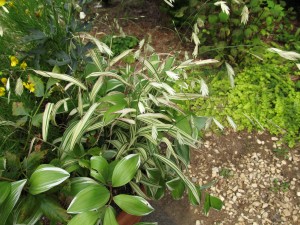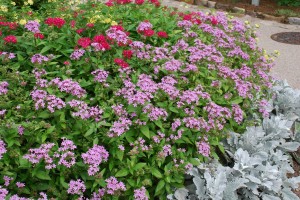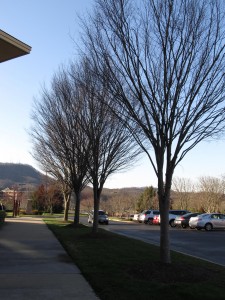Esperanza or Yellow Bells (Tecoma stans) is a 6 foot tall perennial shrub that grows in South Texas and Mexico (USDA zones 8-10). Esperanza means “hope” and it is destine to become a popular flowering annual in more U.S. Southeastern gardens. It demands a well drained soil and full sunlight.
In the Southern Appalachian region (USDA hardiness zones 6 and 7), plant esperanza as a bedding annual or large container plant. Large trumpet-shaped yellow flowers bloom from May to October. The 2 1/2-inch bright yellow flowers are highlighted byattractive shiny green foliage. The flowers have an odd but pleasing fragrance and attract bees.
Its growth rate is exceptionally fast if provided lots of irrigation and fertilizer. Place esperanza near the back or edge of a border. If grown as an annual, it will grow 3 to 4 feet high x 2 to 3 feet wide in average garden soil with a neutral to alkaline pH. Water and fertilize when first planted and into late spring. Once established, it can tolerate long summer dry periods as is frequent in Texas.
Esperanza plant(s) must be dug moved indoors in zone7 and further north in the fall for freeze protection. Cut back plants severely to force new growth indoors.
Long 4- to 6-inch long capsule fruits (beans) set on after the flowers. Quick removal of the beans increases flower numbers. Collect the ripen seeds for starting new esperanza plants in the spring.
In times past Indians made bows from esperanza wood. In Mexico a beer was prepared from its roots and for a variety of medicines.

